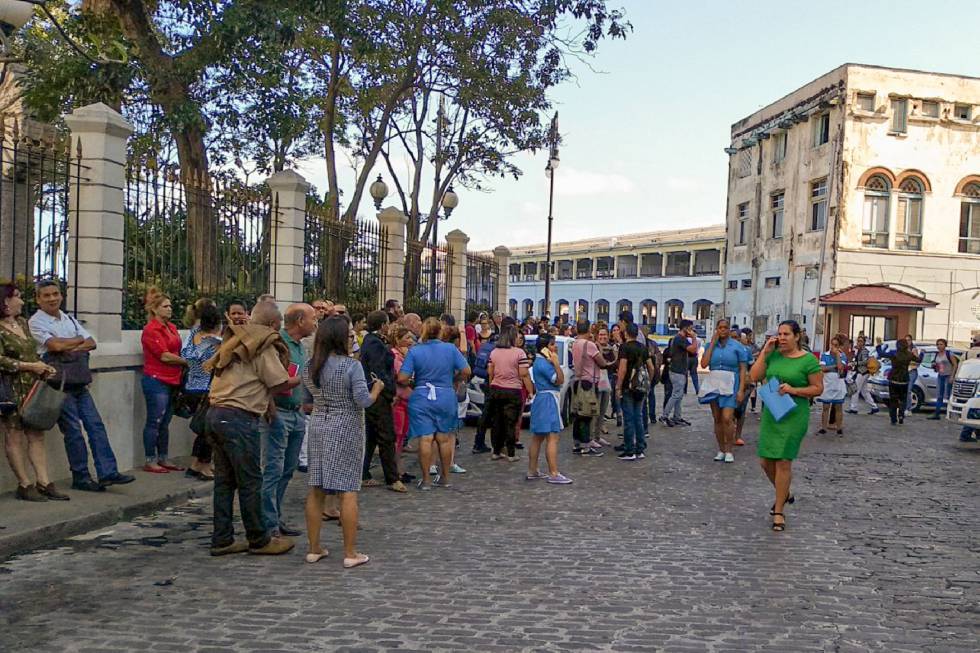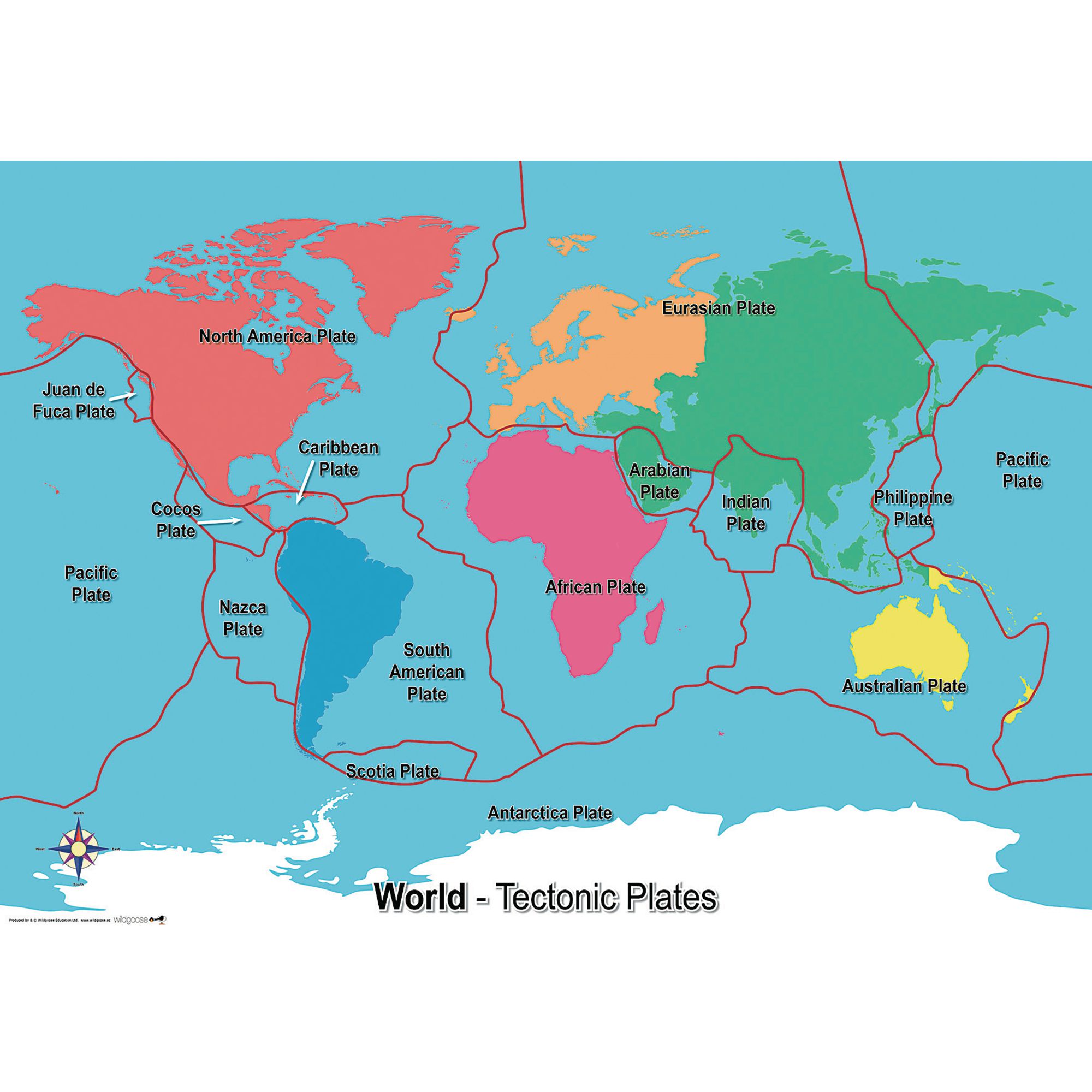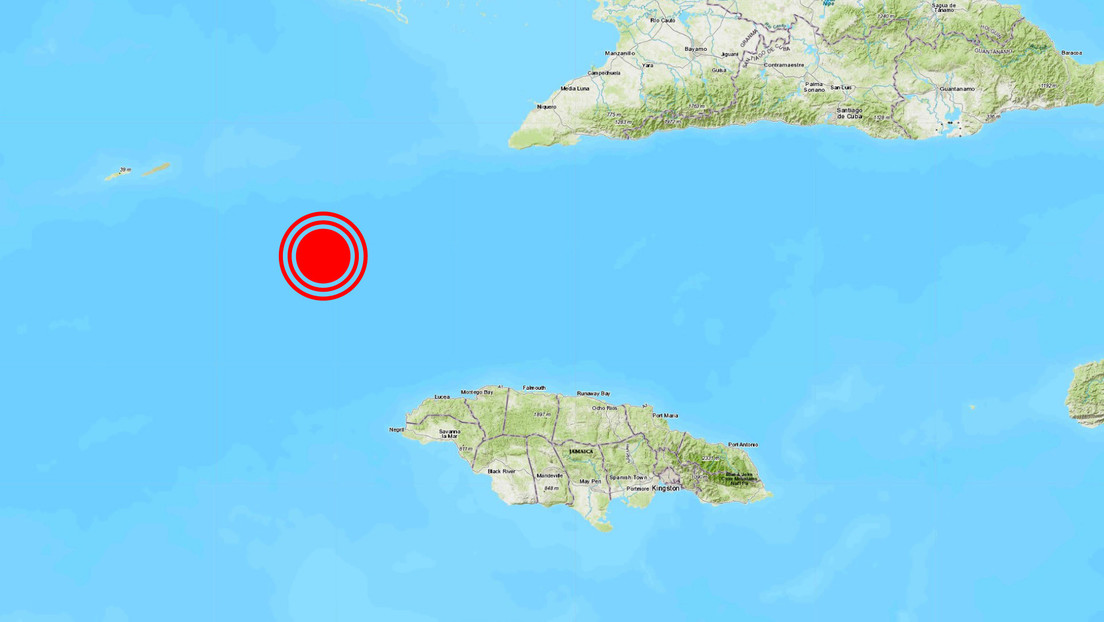A strong earthquake of magnitude 7.7 was recorded Tuesday in an area of the Caribbean Sea located between Cuba and Jamaica.
The quake occurred at 2:10 p.m. local time (7:10 p.m. GMT), at a depth of 10 km at a place that is located 125 km off the coast of Lucea in Jamaica, according to the United States Geological Survey.

The Tsunami Alerts Center in Hawaii issued a wave alert up to a meter high above sea level for a wide area that included from the coasts of Belize, Cuba, Honduras, Mexico, the Cayman Islands and Jamaica, although He subsequently picked it up.
The Jamaica Observer newspaper reported that the quake was largely recorded on the island and lasted several seconds, while Cubans told BBC Mundo that the quake had been felt throughout the country.
The authorities of the affected countries did not report fatalities or injuries immediately, although videos on social media of Cayman Islands show several holes and fractures in the field.
@MarcWeinbergWX video from a friend in Grand Cayman. pic.twitter.com/P7zEeCdpNl
— MD11pilotms (@md11pilotms) January 28, 2020
The earthquake on Tuesday is the most intense in recent years in the Caribbean, although Puerto Rico has suffered a chain of earthquakes since December last year.
In Cuba, the earthquake was felt throughout the island and in several provinces, people took to the streets.
Olga López, a resident of Bayamo, in the province of Granma told BBC Mundo that she felt a very strong tremor first, which caused some frames and glasses to move.
Usuarios captaron el momento en el que se sentía el sismo de 7,7 en #IslasCaimán. #Viral pic.twitter.com/ABWwr8UFuI
— Diario La Prensa (@DiarioLaPrensa) January 28, 2020
According, many people left their homes and waited in the streets for fear of returning to their homes and trembling again.
“I ran for the street and everyone shot out for the street. I had never seen such a tremor and then shook again twice, ”he tells BBC Mundo.
Several residents of eastern Cuba consulted by BBC Mundo have reported having felt aftershocks after the first quake.
In the farthest provinces in western Cuba, such as Havana and Pinar del Río, tremors were also felt.
“I was with my wife and felt a strong dizziness and she told me that she felt the same. That’s when we realized that I was trembling, ”Javier Hernández, in the province of Pinar del Río, told BBC Mundo.
In the capital, several offices were emptied in the historic center and many people gathered in squares for fear of aftershocks.
“When it started shaking we all left because we thought it was a landslide. Then we saw that there were more people on the street, but nobody knew exactly what had happened, ”Maydelis Blanco, a resident of Old Havana, told BBC Mundo.
Based on preliminary information, the National Civil Protection Coordination Mexico reported that “possible variations in sea level less than one meter are expected” on the coasts of the Mexican Caribbean, which does not represent a risk to the population.
The Cayman Islands police said it has no initial reports of serious damage, although authorities in that territory asked residents to move away from coastal areas.
In the city of Miami, (United States), some buildings were evacuated and in several resident areas they told local media that they felt the tremor.
Autoridades de #Miami en estos momentos están evacuando varios edificios en el #Downtown luego de que se emitieran varias alertas tras sismo de magnitud 7,7 que sacudió parte de Cuba y Jamaica. pic.twitter.com/g7DhU0WuSU
— Diario La Prensa (@DiarioLaPrensa) January 28, 2020
The quake was also felt in Haiti and the Dominican Republic, local press reported.
“We had several tremors north of Puerto Plata, in the Atlantic and we were very worried that this earthquake would have run north of us, because it was between the Caribbean and the North American plate,” the director of the Seismological Institute of the Autonomous University of Santo Domingo, Ramón Delanoy.
Why do you tremble in that area?
The area between eastern Cuba and Jamaica suffers from frequent earthquakes, although they are generally not as large as Tuesday.
To understand the seismicity of that area it is necessary to return to the school’s geography classes.
The lithosphere, the solid surface layer of the Earth, is formed by two layers, the crust and the upper mantle, which are divided into about twelve rigid tectonic plates.
 The areas where these plates meet form a structure known as convergent or destructive edge, which is the place where two tectonic plates collide and are usually very seismic zones, since friction between the plates generates a lot of energy.
The areas where these plates meet form a structure known as convergent or destructive edge, which is the place where two tectonic plates collide and are usually very seismic zones, since friction between the plates generates a lot of energy.
The point of intersection of the two plates is called the subduction zone and an oceanic pit is formed there.
The area where the earthquake was reported on Tuesday is located on the converging edge of two tectonic plates, the Caribbean and North America.
In that area, the American plate sinks into the Caribbean plate and as a result of that area, there are multiple failures that are activated frequently and generate telluric movements.



COMMENTS